Fujifilm Finepix F11 Review
Fujifilm Finepix F11
The Fujifilm Finepix F11 builds on the F10 to make a great little compact digital camera.
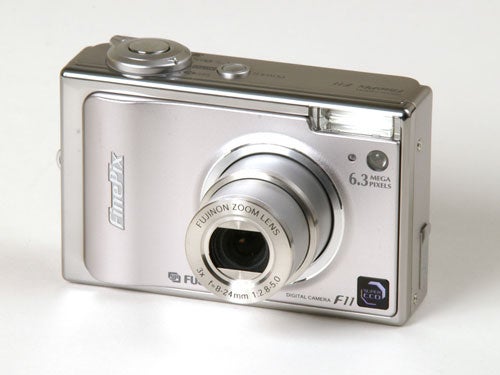
Verdict
Key Specifications
- Review Price: £239.00
Despite Fujifilm being one of the most successful and prolific manufacturers of digital cameras, and also having made some of my favourite cameras, for some reason I don’t seem to review its cameras nearly as often as I would like. I haven’t seen one since I wrote about the fantastic Finepix S9500 back in November of last year, and before that I have to go back to August to find my review of the then-new Finepix F10. I was pretty enthusiastic about that model, mainly because it broke new ground in high-ISO image quality and noise reduction. I wasn’t the only one who liked it, because it was crowned EISA European Pocket Camera of the Year 2005/6. In view of that, it’ll be interesting to see what the new F11 can do.

The Finepix F11 is basically an updated version of the F10. It keeps exactly the same body design, the same 6.63 megapixel SuperCCD HR sensor and the same 3x optical zoom lens. What it adds to the winning formula is a higher resolution LCD monitor (153K pixels over 115K), slightly better macro performance (5cm instead of 7.5cm), and more importantly aperture and shutter priority exposure metering, absolutely essential for creative photography. It stops short of full manual exposure, but the additional options will be welcomed by keen photographers.
Like the F10 the F11 is also very affordable. It has a high street price of £239, but you can find it for around £220 from the more reputable online retailers. Bear in mind that the price includes a good quality Fujifilm-branded 64MB xD-Picture memory card, which would normally retail at around £10-£12. Very few manufacturers these days include memory cards with their cameras, so this is a welcome bonus.
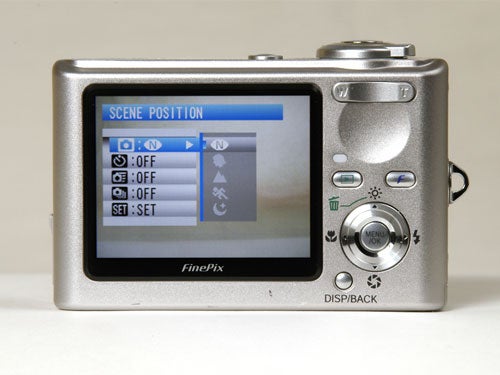
The 6MP 3x zoom specification is the most popular and therefore the most hotly contested sector of the digital camera market. All of the main manufacturers have at least three or four models with this specification, and even Fuji itself has no less than five, so in order to stand out from this growing crowd the F11 needs to be very, very good.
In terms of design and build quality, my opinion of the F11 is unchanged from the F10. It’s a very well made camera; it doesn’t quite have the same brick-like construction as the Nikon P4, but it has a strong aluminium body with securely mounted metal controls and a scratch-resistant LCD monitor. Unfortunately the monitor is also highly reflective, which makes it difficult to see clearly in bright sunlight despite the quick-access brightness control.
My only other design criticism is the battery hatch. The battery has no separate clip, and can fall out when you open the hatch to change the memory card.
The F11 is quite a chunky camera compared to most current compacts, measuring 27.3mm thick and weighing 190g including card and battery, which is a bit bulky for a pocket model. It is very square looking, but the shaped handgrip and the indented thumb rest on the back make it very comfortable to hold. Like the F10 it handles extremely well, and is a genuine pleasure to use.
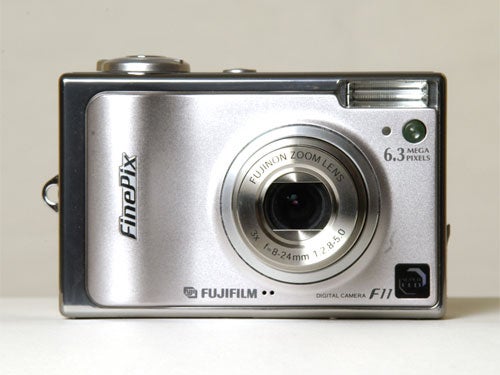
The control layout is logical and concise, although Fujifilm is still persisting with its F button system, a separate second menu just for ISO, picture size and colour mode. There really is no advantage to this system that I can see. I know it’s supposed to make things simpler for beginners, but all it means is that to make any adjustments you have to access two menus instead of one. Since this camera is ostensibly aimed at enthusiast and experienced photographers, who can be expected to make a lot of adjustments to various settings, this two-menu system will slow the camera down. The superior menu system found on Fuji’s higher-end cameras such as the S9500 will hopefully soon find its way onto more mainstream cameras.
Aside from this minor complaint the F11’s overall performance is just as good as its predecessor. It has a respectable 1.3 second start-up time, and a shot-to-shot time of under a second. Shutter lag is negligible, and the AF system is as fast and accurate as ever. I found that it would focus quickly and accurately in very low light even without using the built-in AF illuminator.
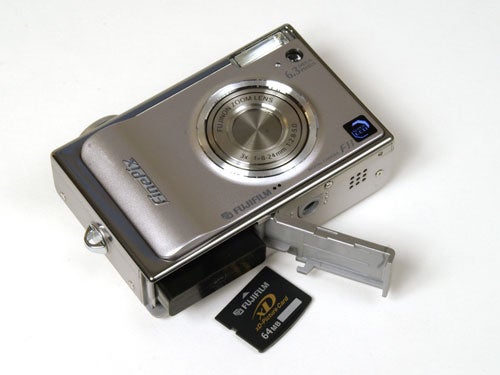
The 64-segement exposure metering is also extremely accurate, and with the addition of spot and average metering provides a comprehensive exposure control system. There is only a limited number of scene modes, with just Natural Light, Sports, Night Scene, Portrait and Landscape to choose from, but these cover most eventualities.
There is also a good movie mode, shooting at 640 x 480 resolution at 30 frames per second, with shooting times limited only by the capacity of the memory card. Using the supplied 64MB card it can record for approximately 55 seconds at full resolution.
Battery life is exceptionally good, with Fuji claiming 500 shots from the huge 1950mAh Li-ion battery. I didn’t shoot that many shots with it, but after two full days of shooting the battery indicator was still reading a full charge.
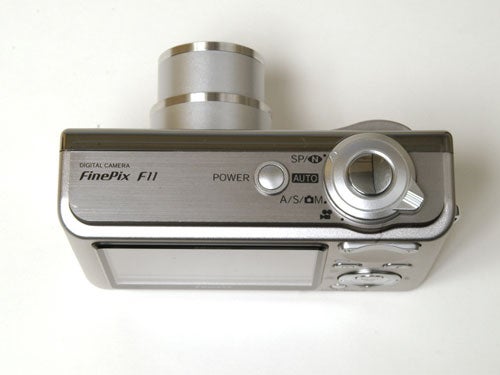
As with the F10, the F11’s real party piece is its low-light performance, thanks to Fuji’s outstanding high-ISO noise control. Most other cameras in this class have a maximum ISO setting of 400, and images shot at that speed tend to be very noisy. The F11 has a maximum ISO setting of 1600, but thanks to the Real Photo Processor it produces less image noise at this setting than most of its rivals do at 400.
What this means in practice is that you can use higher shutter speeds at low light while still maintaining high image quality, rather than risking camera shake at lower shutter speeds. This is the only real alternative to expensive image stabilisation systems, and gives roughly the same 3-stop advantage. Of course including the Real Photo Processor and an image stabilisation system would mean you could shoot hand-held in almost total darkness, so maybe that will be Fuji’s next step.
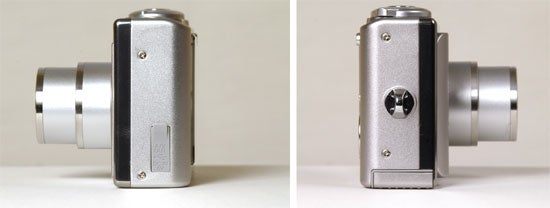
Since the F11 has the same optics, CCD and image processing system as the F10 it’s no surprise that its image quality is identical, which is to say very good indeed. Exposure, focusing and colour reproduction are all first class, and the high quality Fujinon 8 – 24mm F2.8 – F5.0 lens produces outstanding edge-to-edge sharpness at all focal lengths, while keeping wide-angle barrel distortion to a minimum. However, it does suffer from the same major problem as the F10; obtrusive purple fringing around most bright highlights. This a real shame, because apart from that the image quality is right up there with the very best of the competition.
”’Verdict”’
Like the F10, the F11 is a very good camera, offering unrivalled high-ISO performance, superior build quality and handling, generally good picture quality and excellent value for money. The addition of manual exposure options and a better monitor just makes it that little bit more tempting.
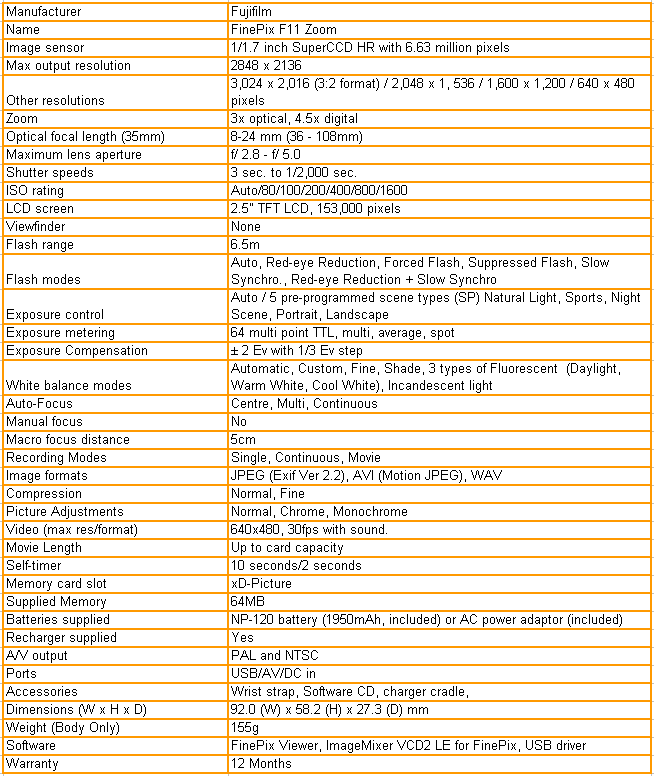
A range of test shots are shown over the next few pages. Here, the full size image has been reduced for bandwidth purposes, and a crop taken from the original full resolution image has been placed below it in order for you to gain an appreciation of the overall quality. The following pages consist of resized images so that you can evaluate the overall exposure. For those with a dial-up connection, please be patient while the pages download.
—-
Note: These ISO test shots were taken indoors in my landlord’s dark and spooky cellar using natural ambient light. The Finepix F11 has six ISO settings, from 80 to 1600, but since there was no appreciable difference between ISO 80 and ISO 200 only four samples are shown here.
—-
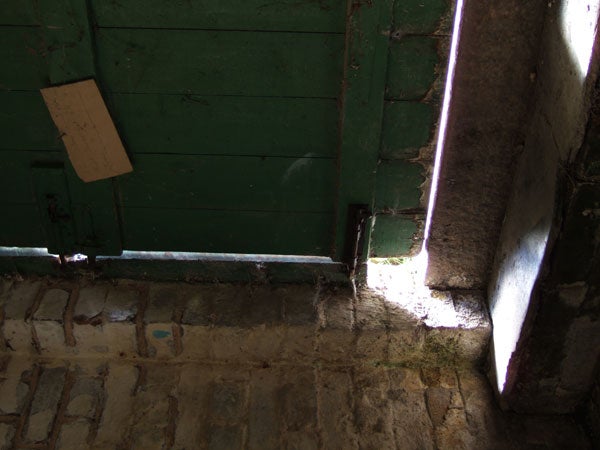
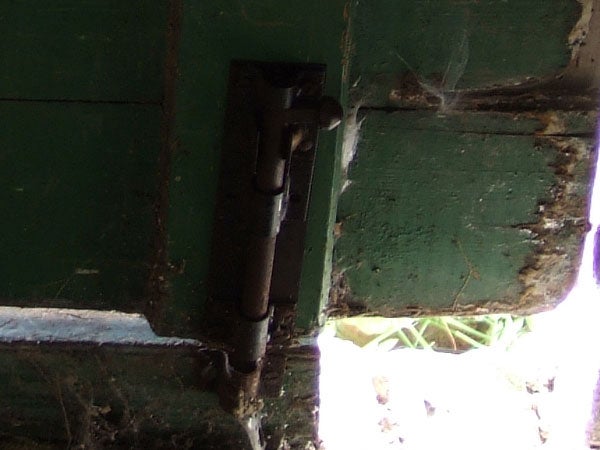
¼ sec, F3.2, ISO 80
At this lowest sensitivity setting the image is, as you would expect, completely noise-free. However there is massive purple fringing around the highlights.
—-
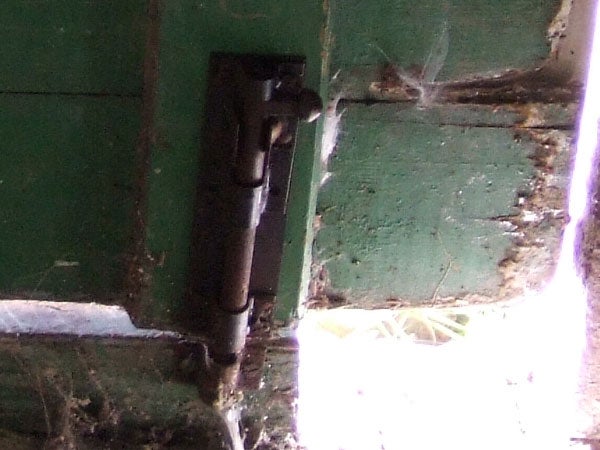
1/15 sec, F3.2, ISO 400
At 400 ISO most other cameras are at the limit of their sensitivity and produce tons of image noise, but the F11 remains virtually noise-free.
—-
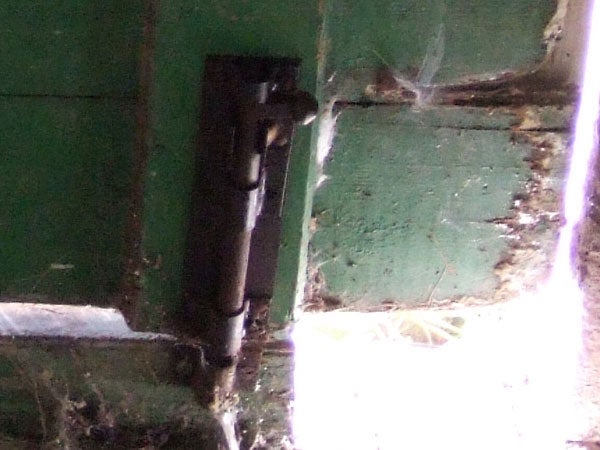
1/30 sec, F3.2, ISO 800
At 800 ISO there is a small amount of noise beginning to creep into the image, but it is barely noticeable, about what you’d expect from most other cameras at around 200 ISO.
—-
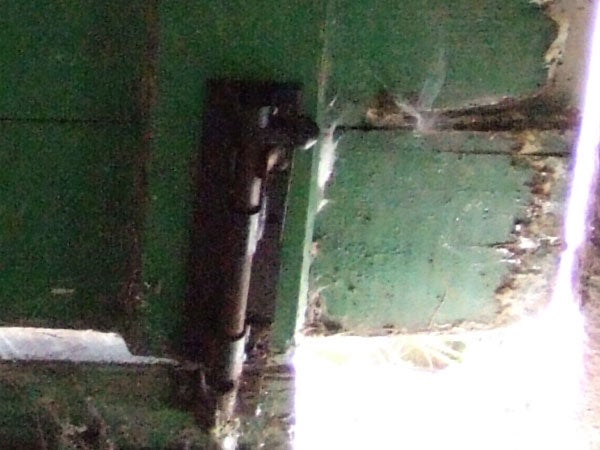
1/60 sec, F3.2, ISO 1600
At the maximum sensitivity of 1600 ISO the image quality remains extremely high, better than most other cameras would manage at 400 ISO. There is an odd banding pattern in the darker areas, but colour reproduction is still very good.
—-
This page consists of resized images so that you can evaluate the overall exposure.
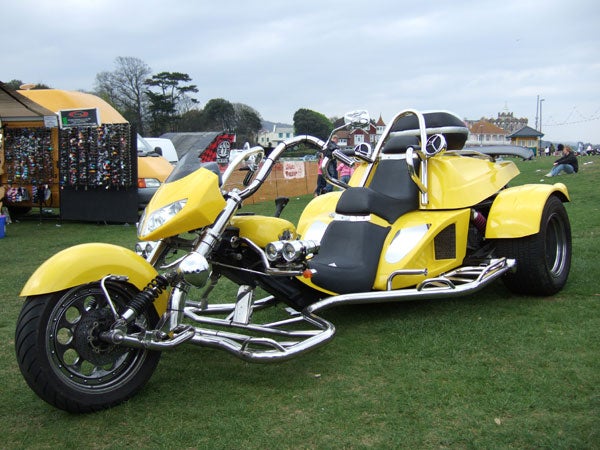
The F11’s lens has a wide-angle setting equivalent to 36mm, just wide enough to fit in this extraordinary 20ft Peugeot-based trike. I shudder to think what the turning circle is on that thing.
—-

The telephoto end is equivalent to 108mm, which was just about enough range to get this shot with my hearing intact. I don’t know the name of this band, but what they lacked in years they made up for in volume and enthusiasm.
—-
This page consists of resized images so that you can evaluate the overall exposure.
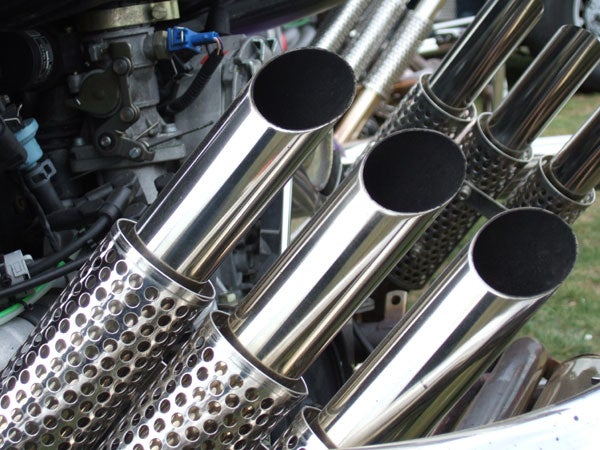
The F11’s accurate focusing system has made a good job of this close-up shot, but the damned purple fringing shows up again on the highlights.
—-
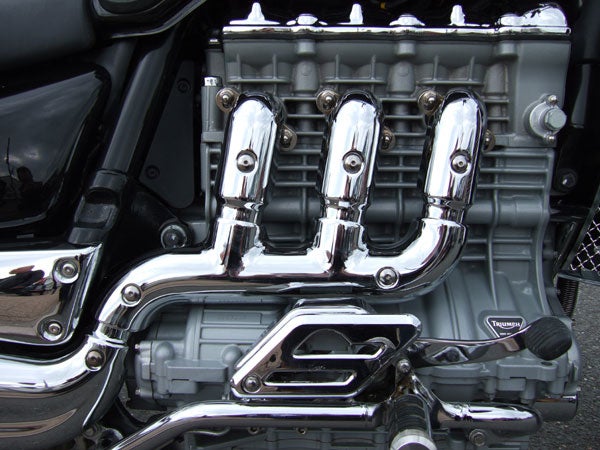
The largest production motorcycle engine in the world, the awesome and British-made 2294cc Triumph Rocket III. That’s bigger than my car’s engine. Oh, and check out the focus or detail or something. I’ll be over here drooling.
—-

Colour reproduction has always been a Fujifilm strongpoint. In natural colour mode it is pretty much perfect, and a match for anything else in its class.
—-
This page consists of resized images so that you can evaluate the overall exposure.

The F11’s macro range of 5cm is better than that of the F10, but there are plenty of cameras that can focus a lot closer.
—-

The 6.3MP SuperCCD sensor has been criticized for a lack of high-frequency detail, but I have found no such problem. The fine lines in the texture of this old stone water tank show up clearly.
—-
Trusted Score
Score in detail
-
Value 9
-
Image Quality 8
Features
| Camera type | Digital Compact |
| Megapixels (Megapixel) | 6.3 Megapixel |
| Optical Zoom (Times) | 3x |

